In the wake of Australia’s 2019-20 bushfires, the protection of unburnt habitat has become an urgent priority.
Much of the land that survived the bushfires intact is now a vital refuge for biodiversity, particularly threatened species. Six priority landscapes have been identified in QLD, NSW and Victoria as requiring immediate protection because they will be the key to securing the future of many threatened species and ensuring important ecosystem services are sustained while impacted landscapes recover.
In collaboration with WWF-Australia, the Environmental Defenders Office (EDO) is working to ensure that our laws are used to adequately protect these priority areas from further impacts, including impacts from inappropriate development, land clearing and forestry. EDO is a community legal centre specialising in public interest environmental law.
Some of these priority areas include habitats located on privately owned land which means that landholders are in a unique position to contribute meaningfully to bushfire recovery and the long-term protection of biodiversity through private land conservation.
The EDO has parnered with WWF-Australia in their “Defending the Unburnt” campaign.
They have produced several excellent guides (see below) to enable landholders and others to assist in the campaign to defend the unburnt.
Overview: What is Defending the Unburnt?
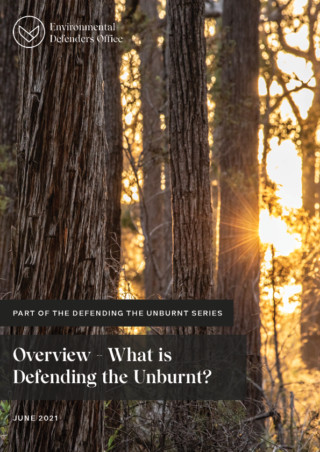
Defending the Unburnt: A guide to private land conservation for landholders
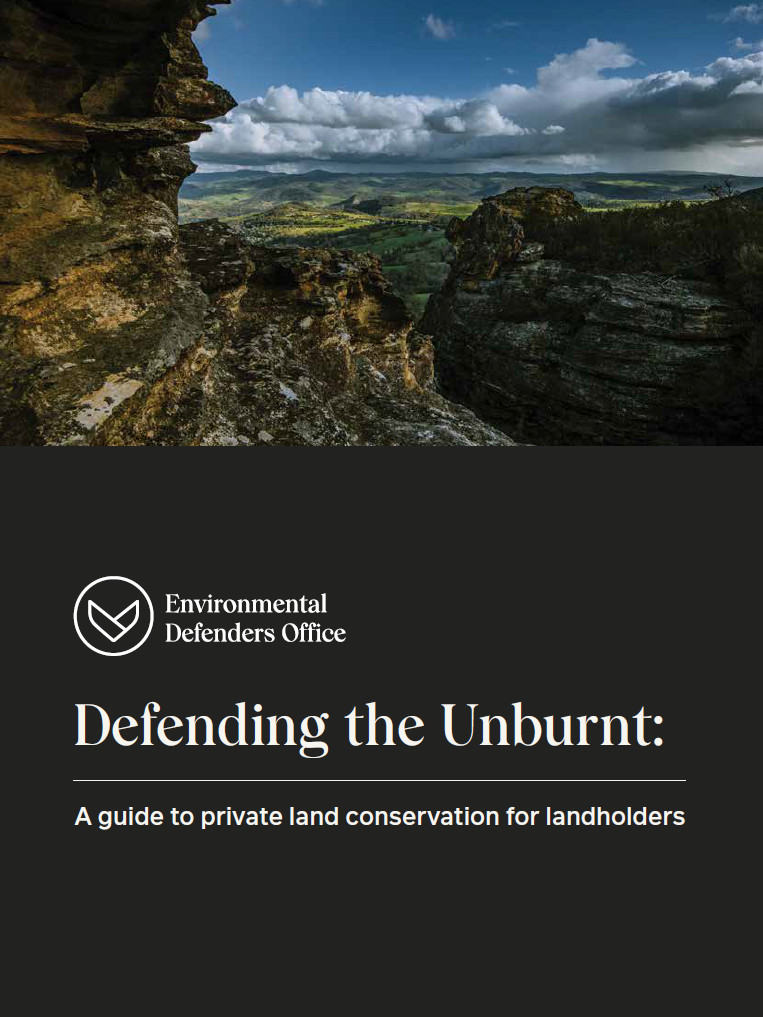
Some of these priority areas include habitats located on privately owned land which means that landholders are in a unique position to contribute meaningfully to bushfire recovery and the long-term protection of biodiversity through private land conservation.
Environmental assessment and decision-making for development on fire-affected land – Options for re-assessment under the EPBC Act
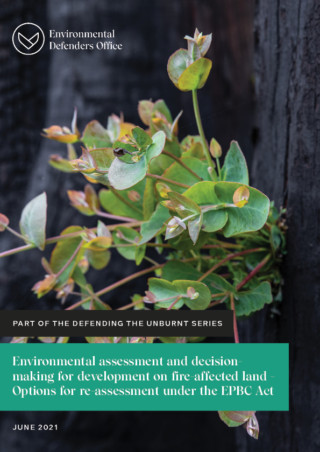
These mechanisms include:
Re-assessment of impacts
Reconsideration of “controlled action decisions”
Varying, suspending or revoking existing approvals
For general background information on the EPBC Act please refer to EDO’s EPBC Act Fact Sheet.
Reporting suspected forestry non-compliance in New South Wales, Queensland and Victoria
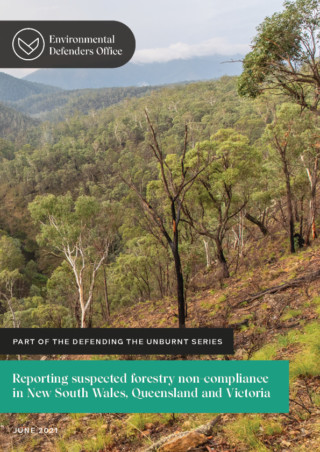
Nominating and listing threatened species impacted by the 2019-2020 bushfire season
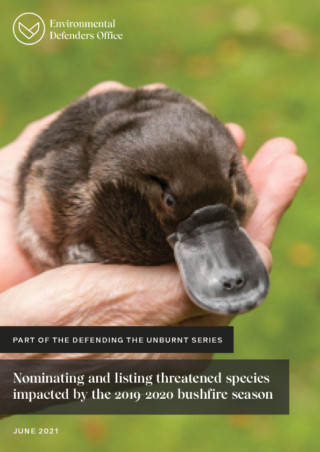
It includes links to further information on legal mechanisms that are available to list or uplist fire-impacted species as threatened under relevant Commonwealth and New South Wales, Queensland and Victorian laws.
Legal mechanisms for protecting critical, unburnt habitat following the 2019-2020 bushfire season
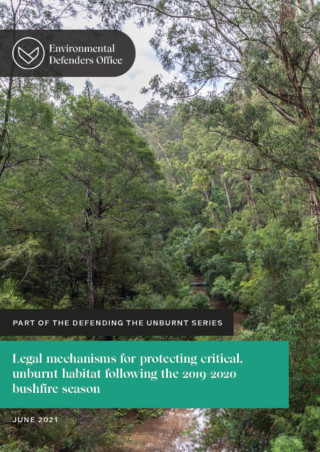
Areas of Outstanding Biodiversity Value (NSW)
Critical Habitat and areas of major interest (Qld)
Critical Habitat (Vic)
Critical Habitat (Cth)
These mechanisms comprise various powers to identify and declare areas for protection. If better utilised, these legal mechanisms could provide protection for critical, unburnt areas, to help species and ecosystem recover from the devastating impacts of the 2019-2020 bushfire season and to safeguard against future impacts of climate change.
